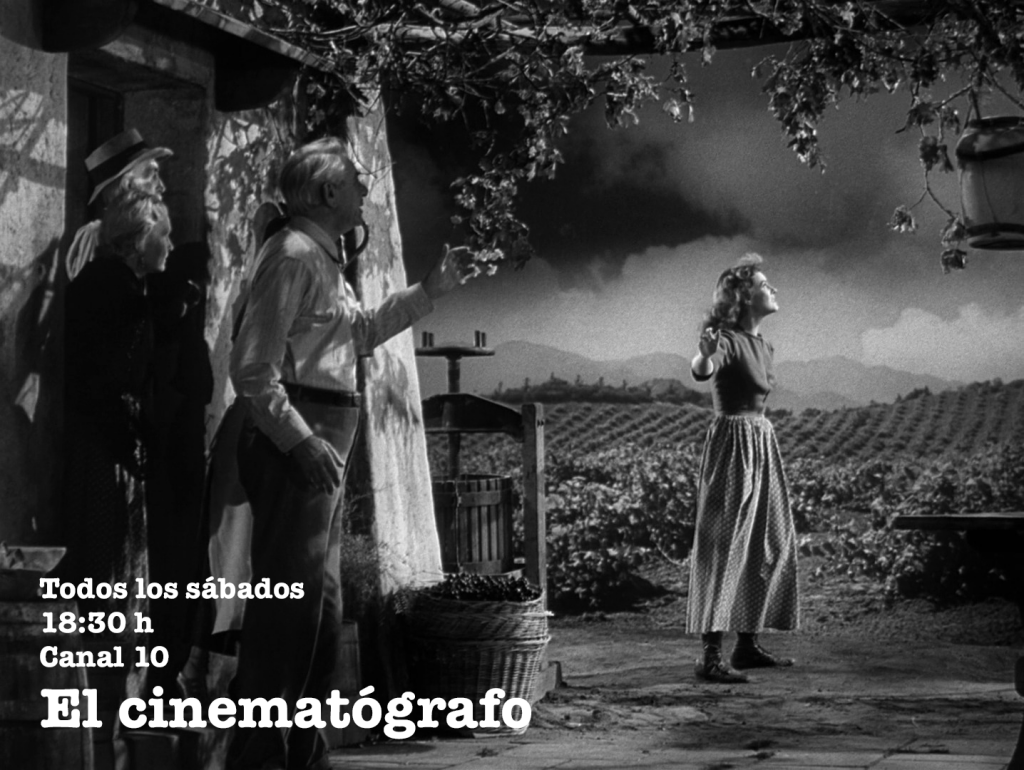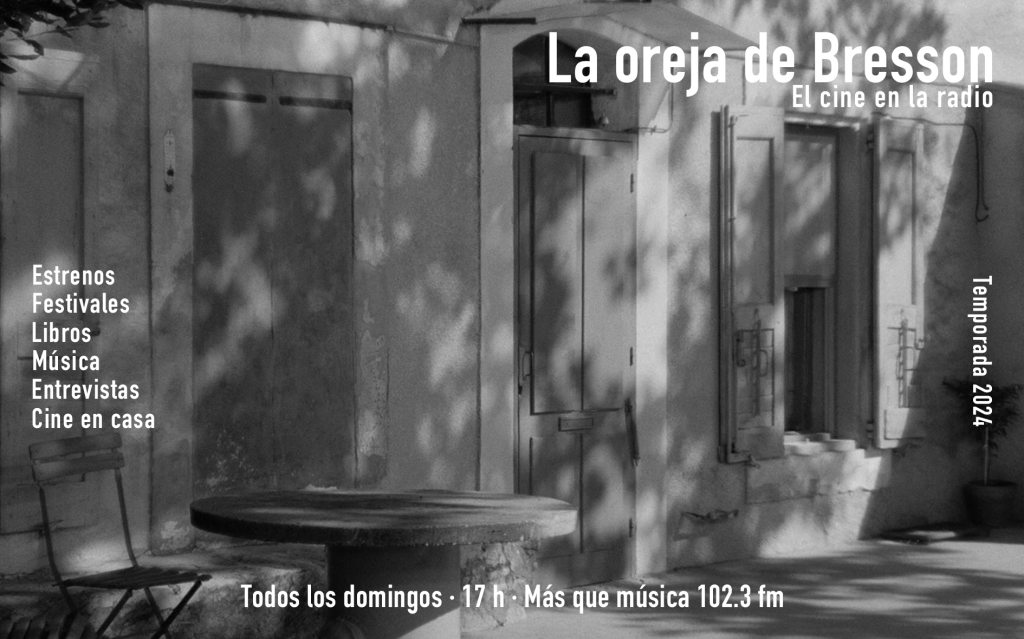
A SHOT THAT PLUNGES: THE CINEMA OF GUSTAVO FONTÁN
According to the Royal Spanish Academy and its dictionary, the verb “abismar” has four different definitions: 1) to plunge into an abyss; 2) to be confused, downhearted; 3) to plunge into contemplation and pain; 4) the be surprised or moved by something unexpected or unique. Apart from the second definition, all the others help us to think about Fontán’s cinema.
A first approach: in Fontán’s films —evanescent, phantasmagoric, and surprising as they are the camera shots fall, partially, into a general procedure related with a style of showing reality not through duplication by representation, but by plunging into a second nature conceived through images and sound. Such a procedure uses the rawness of the materiality of the world and rearranges it to form a poetic order. This peculiar quest arranges the elements of the world in such a way they are deprived of any utility and provoke a radical sensitive experience in the viewer. A cat is not longer just a cat, tree leaves oating on a pond have little to do with a botanist’s portray, floor tiles are not only related with the world of construction. And people are not de ned by their professions or trades. We are left with a new world which surprises us because of the novelty of a placement of objects and subjects which makes them become entities in a phantasmagoric ontology made up of real presences which invite us to their contemplation.
The first example of this can be found in La orilla que se abisma, a masterpiece of a film in which Fontán transposes the universe of J.L. Ortiz, a poet, into images and sounds. Apart from a small quotation of a poem, this film rejects any other direct quotations. Rather, the true challenge is how to replace Ortiz’ poetry with shots that deliver a poetic experience of the natural world. The most evident strategy would be to lm majestic panoramic shots of the rivers of the Argentinean province of Entre Ríos while a paused voice reads fragments of a poem; or, perhaps, trying to find a perfect lmic register with natural lights which would remind us of the alleged purity of the world which Ortiz’s poems are devoted to. The way in which Fontán stays away from mimesis is through out-of-focus, blurred by movement images which break away from all the rules of representation through a poetics established over the basis of a continuous dissolution of everything that the camera shoots and with the help of a soundtrack that is also detached from naivety or evident lyricism. The hyperbole of the abyss is endless because the subject demands it to be so. However, Fontan’s films are not always a perceptive trance in such a pure form.
In La madre and Elegía de abril, Fontán and his poetics of the abyss are still there, but in these two films there is also a circumspect narrative will. In the former, there is a minimal story evolving around the everyday actions of a demented 45-year-old woman and her son, who tries to offer some contention for her while choosing a path for his own life. This is a great example of a cinema of poetry, with its unconventional shots on this woman’s feet, the way the director records a journey by train or a stroll that always happens on the same road, with the shots of the house and its windows which make the camera seem an almost subjective devise to con- vey, through what can be seen and heard, the experience of the world (and the experience of time) of the two main characters. What is being filmed here is the experience itself. In Elegía de abril there is a new variable: fiction bursts in the documentary tone. Here, Fontán identifies a zone of intersection, a twilight zone which allows him to present a register of real ow in its actual duration; without any pragmatism whatsoever reality seems like a dream or a trance-like state; which was also a characteristic feature in his film El árbol. In Elegía de abril Fontán uses brilliant travelling shots of the objects in a house, and in La casa these acquire a very precise function: objects are keepers of memories, of stories lived by their owners.
In a way El rostro, Fontán’s most recent movie, offers a summary of all his other films and it was anticipated, perhaps even dreamed of, in a passage of El paisaje invisible where his fascination for people’s faces is clear. Here, Fontán is not only trying to know what “the other sees when he is looking,” as it was announced in Canto del cisne; here, he is rather trying to imagine the collective face of an ecosystem and Fontán’s cinema of poetry reaches its peak: the subjective presence of the camera is complete and it is no longer objective in a mechanical sense or subjective in a poetic one; here, the camera is the invention of a glance and it creates a shot for which we don’t even have a name yet.
English version by Tiosha Bojorquez
Roger Koza / Copyleft 2016






Muchas gracias, Roger, por este texto sobre GF, para mí uno de los grandes cineastas argentinos. Un cine que celebra el encuentro con el otro, con lo otro, con la materialidad, con lo viviente, con lo que fenece. Acabo de ver El sol del membrillo de Erice y ahora entiendo por qué es uno de los films preferidos de Fontán. Un ejercer una mirada extraordinariamente respetuosa por el trabajo artístico contemplándolo en todas sus facetas (sin dejar de mostrar el trabajo manual de los albañiles; incluso, se podrían ver vasos comunicantes entre el trabajo minucioso de estos sobre una pared y el pintor sobre el lienzo o el papel). Es el mismo respeto con el que GF acaricia la materia, los rostros, la luz. Raras veces uno se topa con miradas tan amorosas sobre el acaecer del mundo.
Abrazo